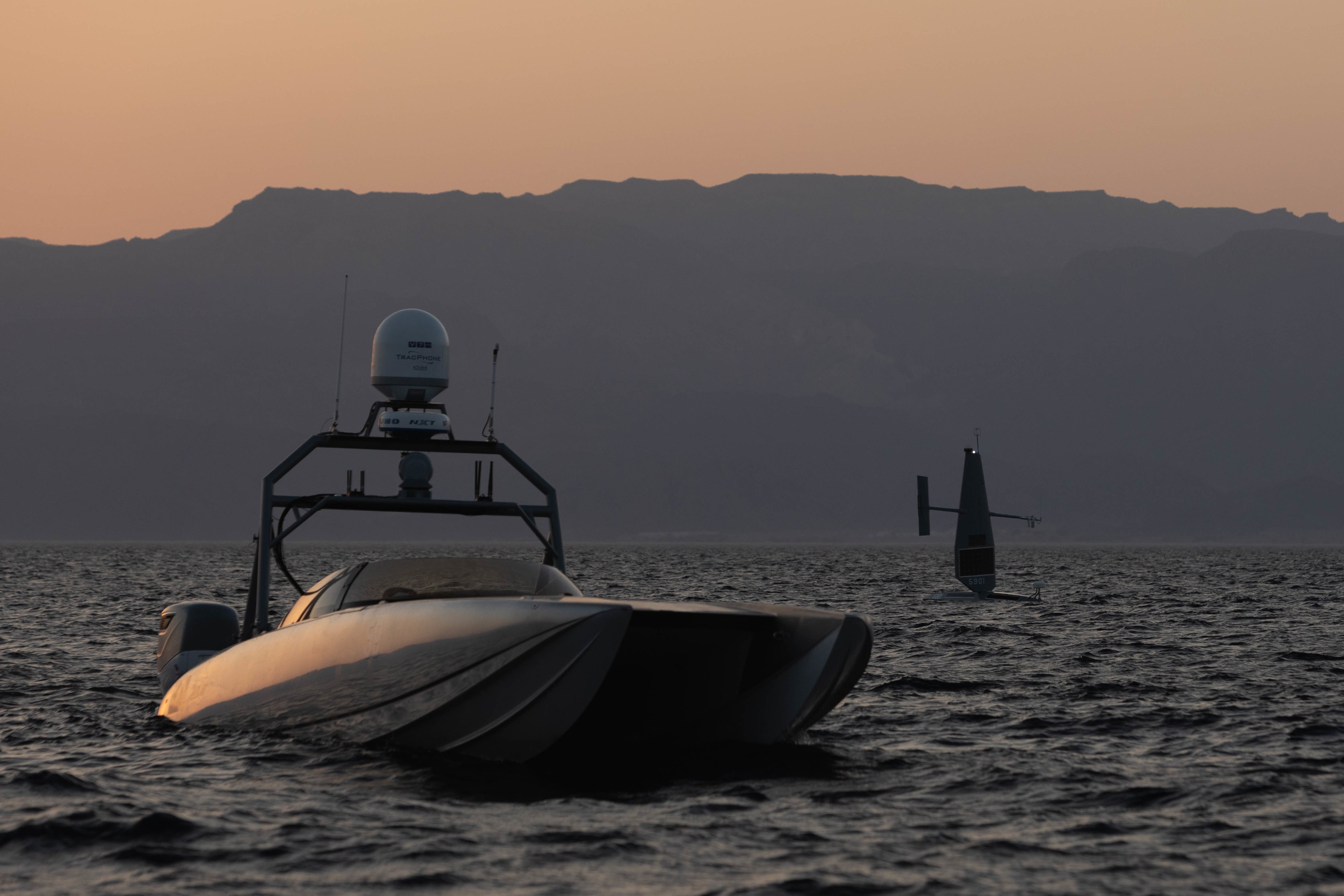
Short-Term Problems are Prime Focus of New Pentagon Drone Initiative
Solving short-term problems for military commanders in the Pacific and Europe is driving the Pentagon’s push to accelerate production of…
Copyright 2024 U.S. Naval Institute. All Rights Reserved.